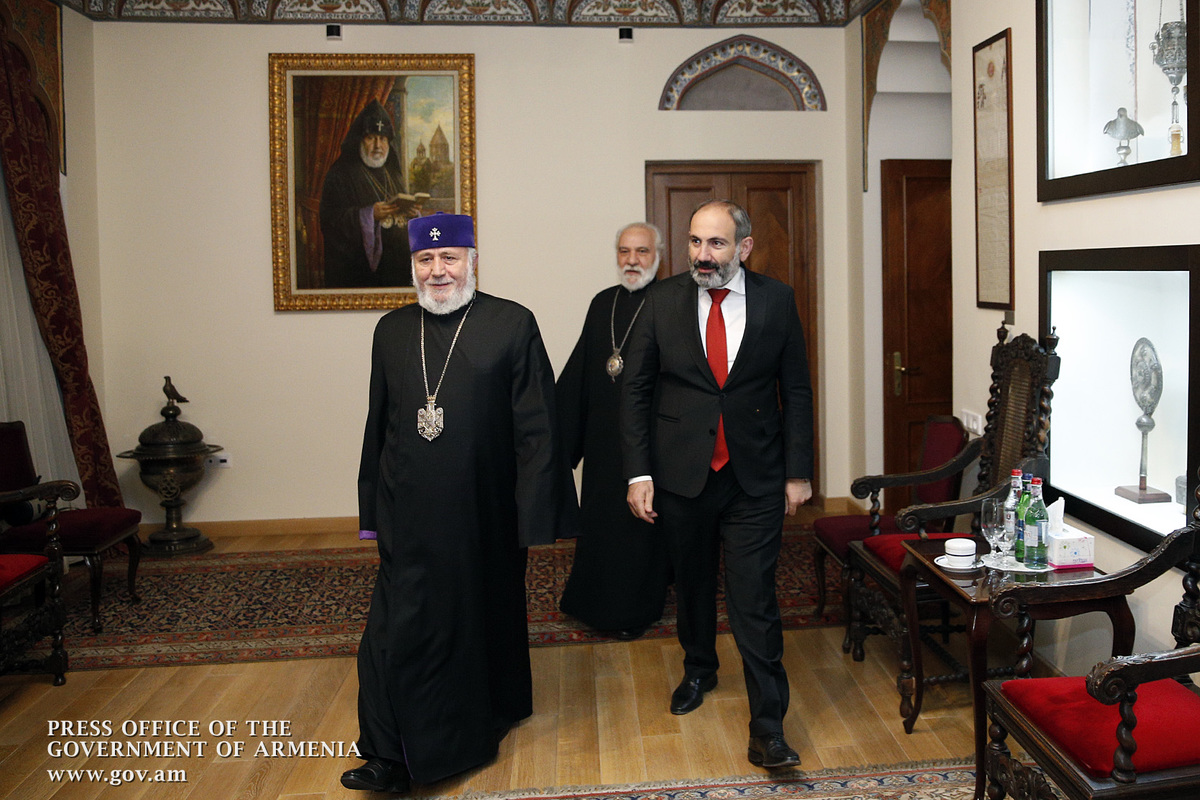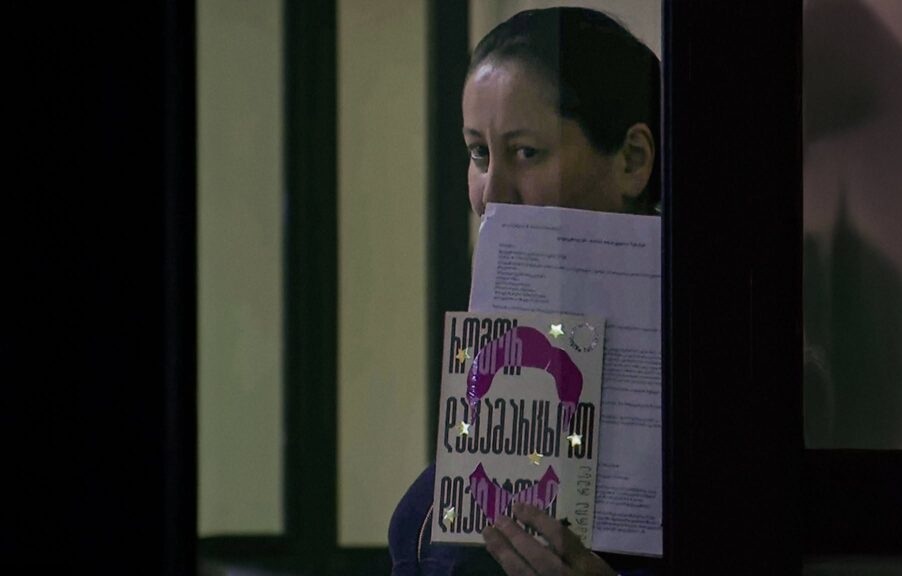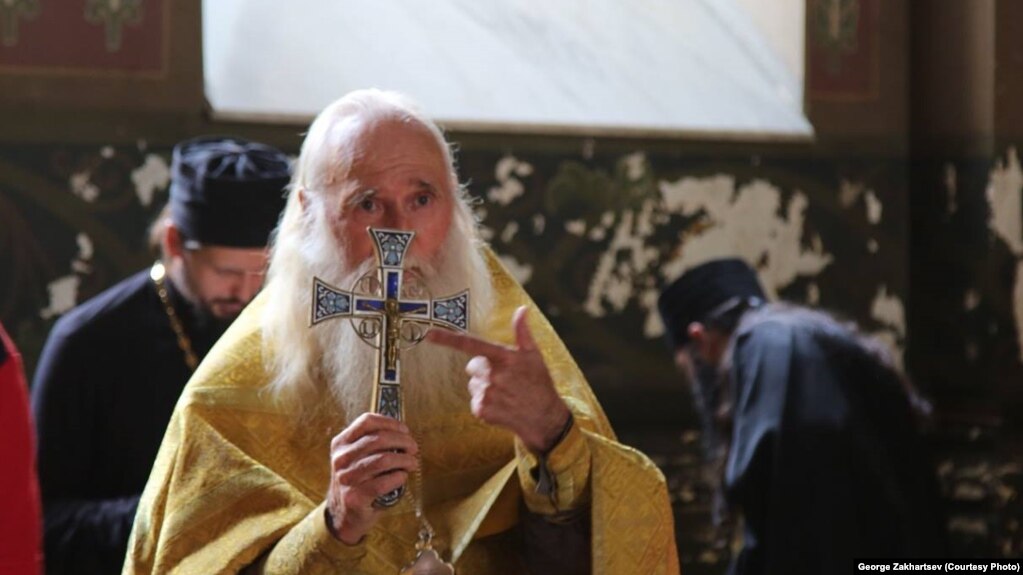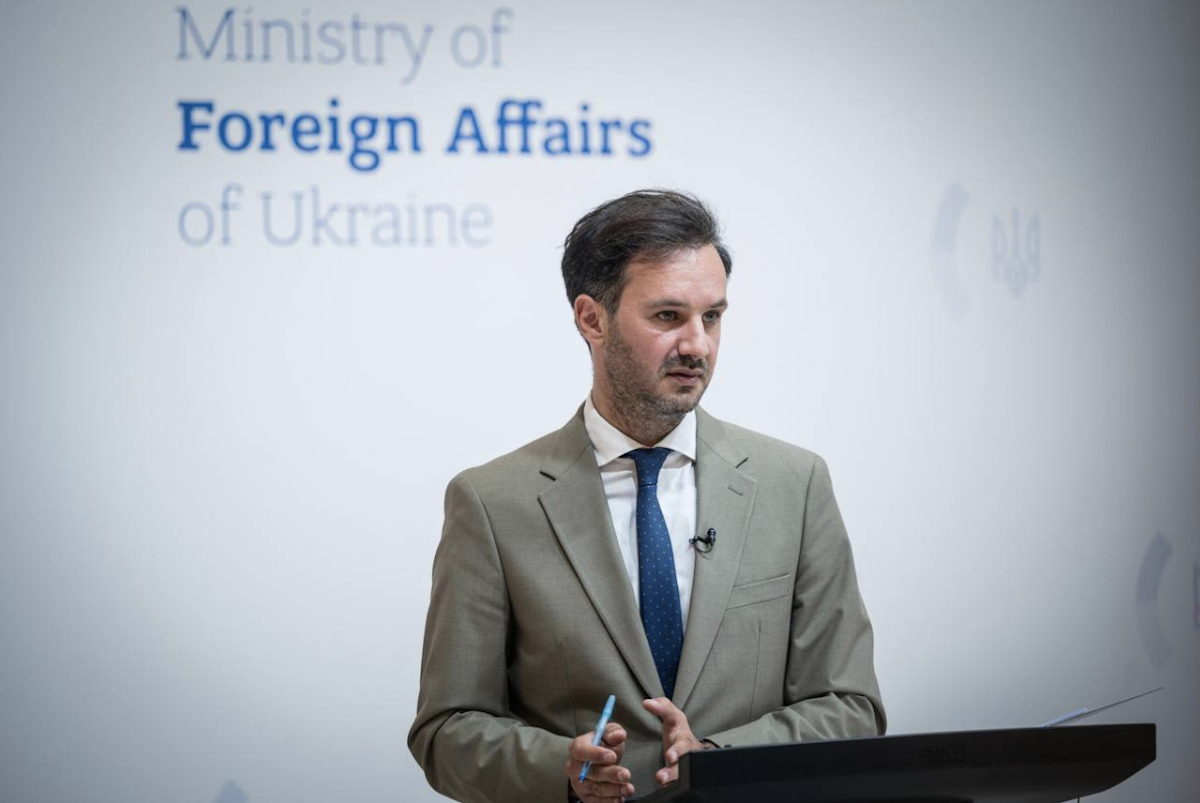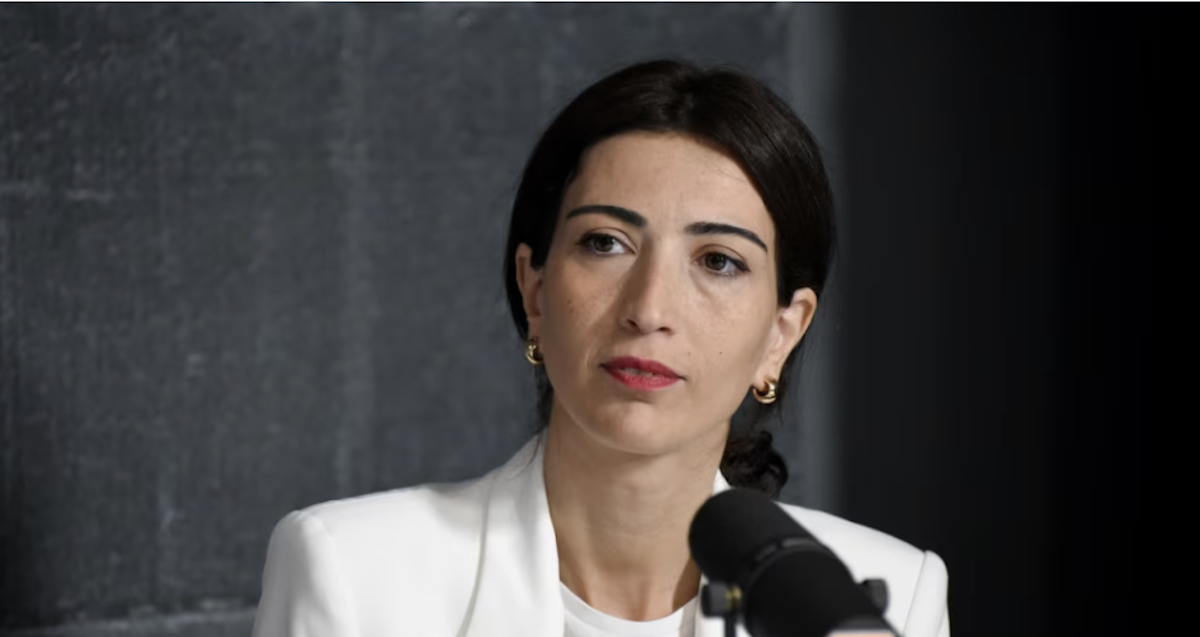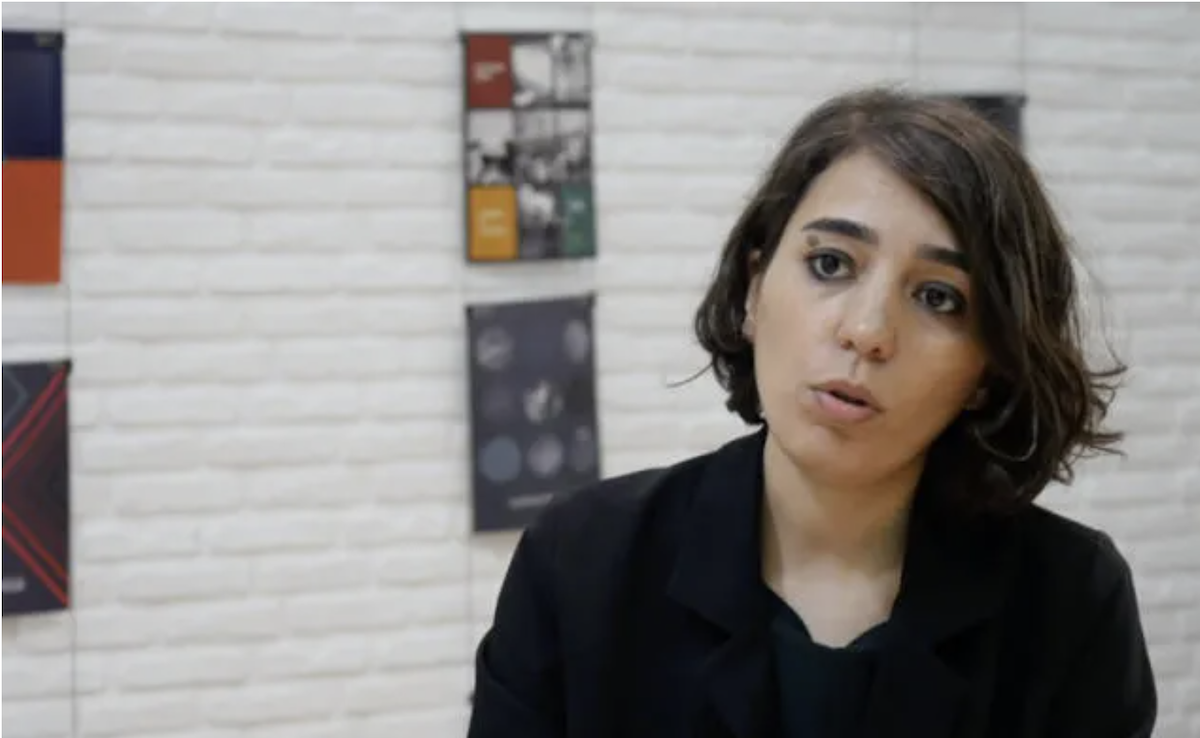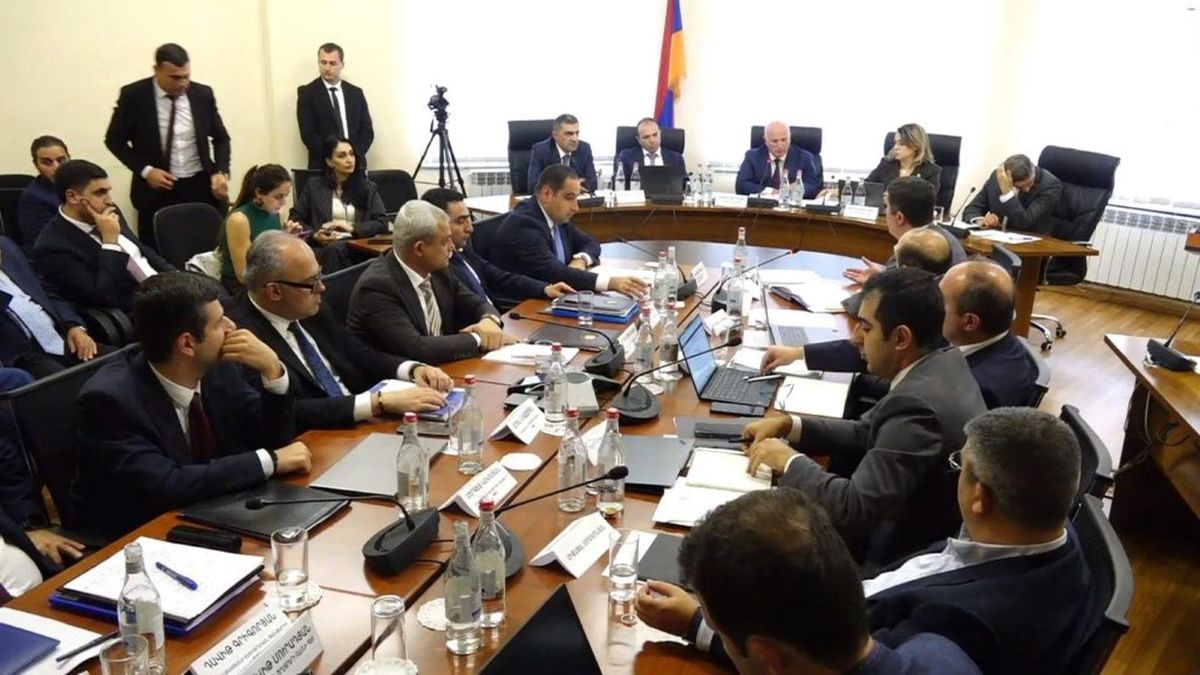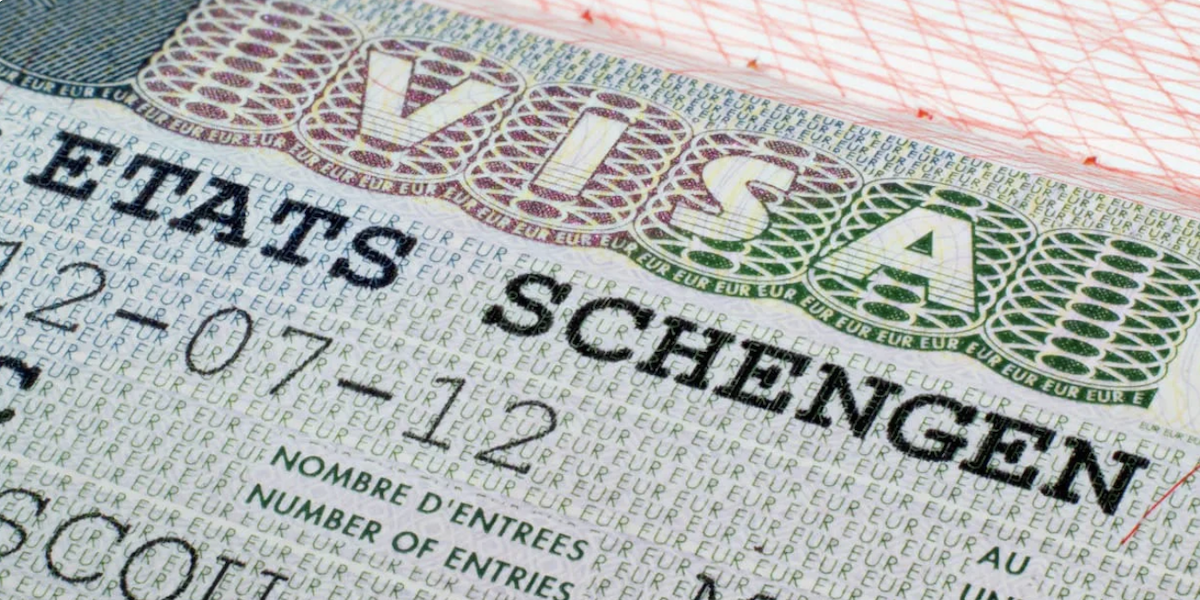No masks, no breaks, no cafeteria: Armenia prepares for new school year
School starts on September 15 this year in Armenia. But distance education is not on the agenda – students will have to go to school six days a week and will be unable to leave during breaks or eat in the school cafeteria.
The ministry of education, science, culture and sport published a list of rules of conduct for school classes during the coronavirus pandemic.
The document states that schoolchildren will be required to wear masks and all times and change them periodically, keep social distance and will not be allowed to come up to the front of the room to present, as they will be required to stay at their desks at all times.
Some of the new school rules confused Armenian parents, and some seemed unfeasible. Many parents are already writing on social media that they prefer not to send their children to school.
Minister of Education Arayik Harutyunyan asked schoolchildren and university students to voluntarily isolate themselves for two weeks before the start of the school year, in order to reduce the risks of the spread of coronavirus.
• Armenian schools to open September 15: epidemiologists, education experts warn of risks
• Distance learning in Armenia – the consequences of coronavirus that will outlive the epidemic
New rules
All school staff will monitor compliance with the rules, but the principles are primarily responsible for implementing them.
All schools will be required to provide pupils with masks and disinfectants. They must have at least a week’s worth of supplies available at all times. All teachers and students must change their masks every 4 hours.
Mass assemblies will be prohibited, and after-school clubs, circle time, and electives will all be temporarily suspended.
And students will not just be required to stay in the classroom during break time. They need to receive a special pass from the teacher to be able to leave for any reason.
Students will be seated during lessons, alone at a desk if possible, or in a cross formation or on opposite ends of a desk.
The new school rules specifically stipulate that it is necessary to maintain social distance, and prevent clusters of students and close contact.
Everyone will have their temperature measured with no-contact thermometers at the entrance. Schools will also be provided with single-use thermometers for when they are needed. If there are any symptoms of a viral outbreak, everyone will be sent home.
A maximum of 20 students can be in one classroom at a time. If there are more students, the class will be divided into groups to provide a social distance between the children of one and a half meters.
Classroom requirements:
20 students can study in a room with an area of at least 54 square meters. They may also use assembly rooms and hallways.
Classes with fewer than 10 students may conduct their classes in rooms with an area of at least 42 square meters.
The six-day study schedule has been established in order to shorten the time spent in school.
The use of notebooks for writing is also prohibited. Separate sheets will be issued for tests. The teacher will check them only every other day. It is prohibited to return the sheets to students. If necessary, the teacher must provide a photocopy.
Social media commentary
The majority of parents are unhappy with the new rules, and are actively discussing them on social media.
Here are some of the comments:
“I want to understand why government agencies that have been requiring me to lock myself in my home since the beginning of the coronavirus outbreak, comply with social distance rules, and wear a mask outside in the heat and so on, based (hopefully) on their concern for my health and the health of those around me, have now decided to condemn us all by opening schools and universities? Maybe, dear government, I personally don’t want my children to get sick and infect the other family members living in our house, including elderly people?!”
“You can’t enforce any damn social distance between kids in those closet-sized classrooms! You can’t guarantee the safety of my children at school!”
“Schools will open and then close again in a month, universities will open in order to collect full-time tuition from students without any discounts. A stream of Indian and Iranian students will rush to the country from areas with a bad epidemiological situation.”
“With a minister of education like we have, it’s better to go without an education. You’ll be better off, both physically and mentally.”
“We need to learn to live with this virus. It’s not going anywhere. Until there is an effective vaccine, we all need to somehow coexist in this world. On the other side of the scale are parents who cannot provide the resources for their children to study online. And we must understand their position as well. It’s a difficult situation. And there is no single solution. It is clear that health is the top priority. But living in constant isolation is also unrealistic.”
“I am a teacher, and I am afraid, and do not want to risk my own health or the health of my loved ones!”
“I don’t want to send my child to school wearing a mask, but not going to school is not an option either. I do not know what to do. I hope that the school is private, there are few students, and they will be allowed to study without masks.”
The ombudsman intervenes
The Human Rights Defender’s office has already received a number of complaints from students and their parents regarding the start of classes on September 15 and the requirement for students to wear masks. This was published on the Ombudsman’s official Facebook page:
“Taking into account the complaints sent to the Ombudsman, as well as concerns voiced in social media, a number of questions were sent to the ministry of education, science, culture and sport to get a complete picture of how classes in schools will be organized and how the rights of children will be ensured.”
Here are some of the questions:
How will breaks be conducted?
What professional, including both pedagogical and medical, discussions or research was done before deciding to require students to wear masks? What were the results?
What international requirements or practices have been taken into account when deciding to require children to wear masks during class? Have these studies been carried out?
Will there be legal consequences for children who don’t comply with the requirement to wear masks? If so, what will the consequences or penalties be? Who exactly will they apply to?










